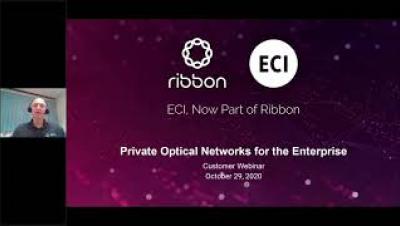Operations | Monitoring | ITSM | DevOps | Cloud
Networks
The latest News and Information on IT Networks and related technologies.
VTR Chile Network Transformation - Ribbon
Pandora FMS port monitoring
The ancient Roman Empire used to call what is now the Mediterranean Sea as Mare Nostrum (Nostrum Mare), stating what is now the port city of Barcelona as the entry point to Hispania (today the Iberian Peninsula) from the city of Miseno, located in the south of what is now Italy. For ancient Romans, port monitoring was crucial, and for us now too. “How?” you may wonder. Let’s see! Roman trireme model https://commons.wikimedia.org/wiki/File:Trireme_1.jpg.
5 Reasons to Add Network Monitoring to Your 2021 IT Budget
Accelerate Your APIs by Using the HAProxy Cache
The age of rendering most of a web page’s contents on the server and then delivering it as a colossal HTML file is fading into the past. Modern web frameworks like Angular, React, and Vue push towards creating components instead—individual elements on the page that fetch their data in the background and poll for asynchronous updates—which can be reused across your site.
FTP and SFTP: What's The Difference?
In the Information Age, data is currency. Controlling the flow of information and more importantly, protecting it has increasingly become a focal point for companies who want to remain competitive in modern markets. Improving data efficiency, integrity, and security is often how companies separate themselves from their peers. We present two of the most common methods for data transfers: FTP and SFTP.
Empowering Digital Transformation Through Network Automation
10 network tools every IT admin needs
Remember when native commands like ping and ipconfig were adequate for network inspection? With networks becoming more dynamic, these generic tools don’t seem to make the cut anymore. IT admins are in a constant quest for ad hoc network tools and utilities that could aid specific network management needs. Using individual network diagnostic tools, on the other hand, requires constant tab switching, and comparing data pulled by independent network tools to pinpoint your network issue.











